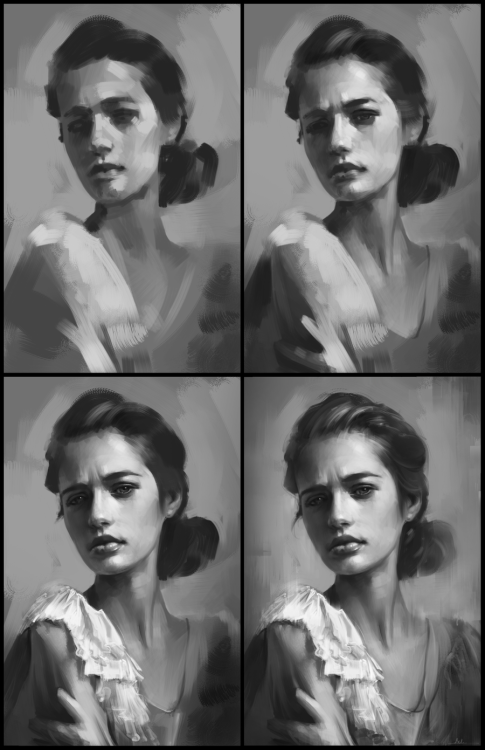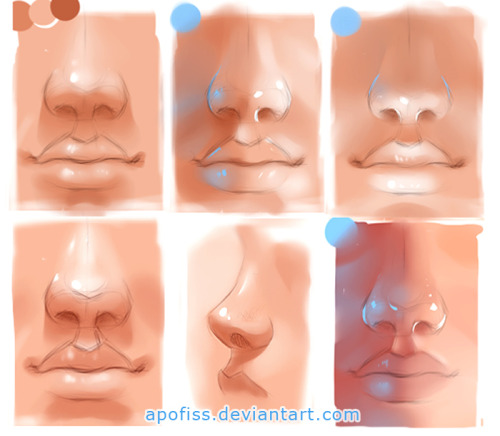Sent from my iPad
Wednesday, July 15, 2015
Portrait Practice 9 Process by AaronGriffinArt [feedly]
----
Portrait Practice 9 Process by AaronGriffinArt
// How to Art

Portrait Practice 9 Process by AaronGriffinArt
----
Shared via my feedly reader
Sent from my iPad
Wednesday, July 8, 2015
Tweet by Evan on Twitter
 | Evan (@CartoonBlock) |
How To Draw Foot [step-by-step] referencesforartists.tumblr.com/archive pic.twitter.com/xgitwgYeKt | |
Download the Twitter app
Sent from my iPhone
Friday, July 3, 2015
Dorian Iten's Accuracy Guide [feedly]
----
Dorian Iten's Accuracy Guide
// Gurney Journey
Swiss artist and teacher Dorian Iten, who has studied in some of the best ateliers in the USA and Europe, is now offering a teaching package that concentrates on how to achieve accuracy in your drawings.
The teaching rubric of "Accuracy: A Drawing Guide" begins on familiar ground. He takes a line drawing of a figure on the left, and reproduces it on the right. The drawing on the right shows alignments along a vertical line.
Checking alignments is just one way evaluating a drawing for accuracy. There are four others, and he has concretized these modes of seeing by proposing five kinds of glasses. Each pair of glasses represents a different way of checking.
Clockwise from upper left, there are the Alignment glasses, Angle glasses, Measurement glasses, "Creaturizing" glasses, and Implied Line glasses. These are all methods used for 2D copying of static subjects; they don't really help you deal with moving subjects, and they're not about constructing forms in space.
Here's what you look for with the Implied line glasses on. The simplified contours seem to extend beyond the small forms and pick up again in other parts of the pose.
To Dorian, these glasses are more than just a metaphor. He actually has his students cut them out of cardboard (but you don't really have to). Here's Dorian wearing the angle glasses. Very stylish.
The entire teaching package includes two videos, a PDF guidebook, and a cheat sheet that thoroughly discuss this clever approach.
When deciding how to monetize the packet, he decided to offer it as a "$0+" pay-what-you-want product, registered under the Creative Commons license. I asked him why he decided to structure it that way. He said he did it that way because:
"• I'd like more people to be familiar with it - and use it
• I want to make the guide available to everyone, without a paywall
• PWYW removes the upper ceiling of fixed prices and allows happy/supportive contributors to give as much as they like
• It feels easier to promote than a fixed price product
• If there is a sacrifice of profit in order to reach more people (which there might not be), I'm willing to make it at this point in my journey"
One way to approach the transaction is to download the packet for free, try it out, and then decide what it's worth to you based on how much it has improved your drawing. Then you can go back and contribute based on whether, for you, it was worth the price of a cup of coffee, a magazine, or a day-long seminar.
----
Shared via my feedly reader
Sent from my iPad
Subscribe to:
Posts (Atom)






